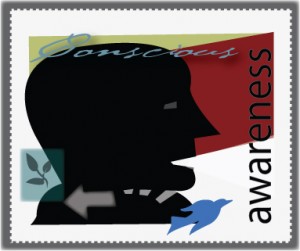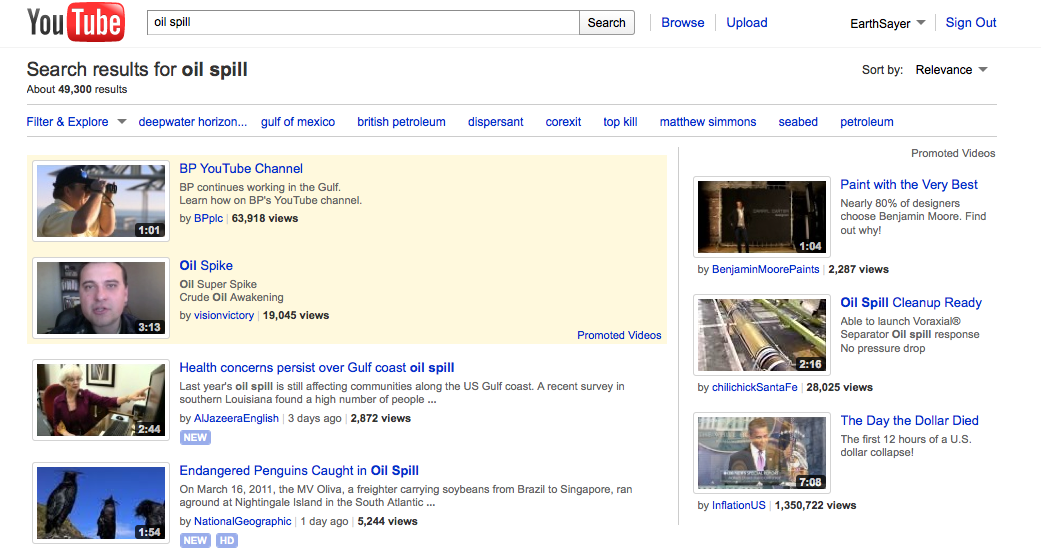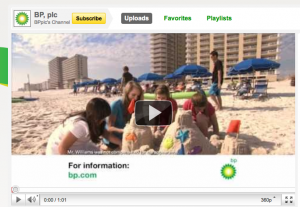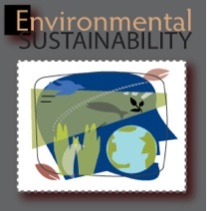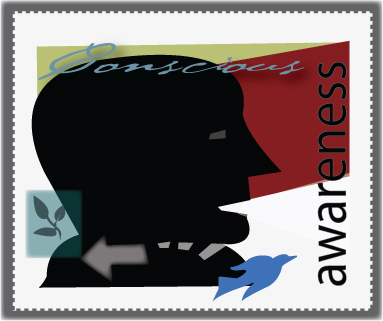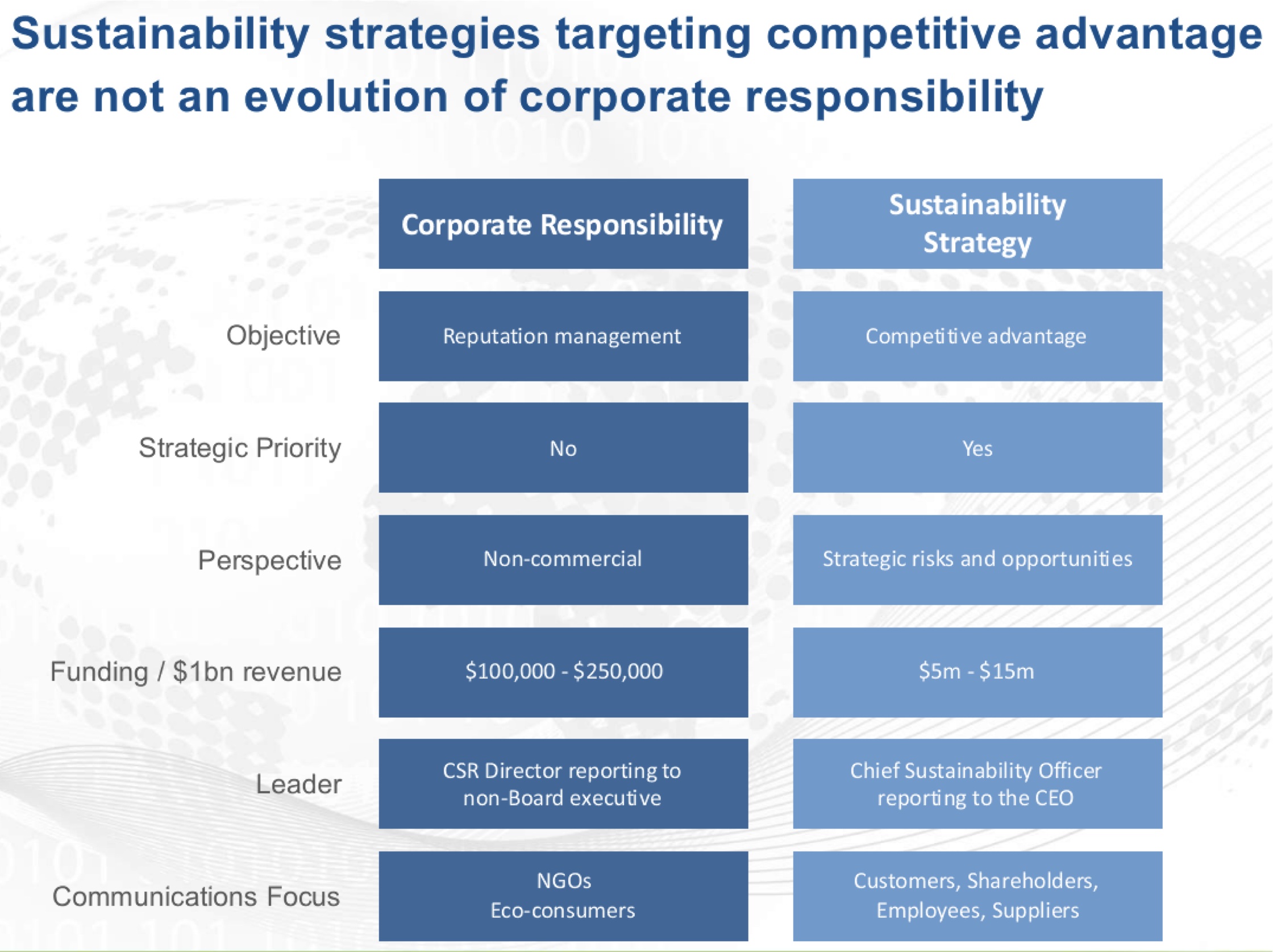Thi![]() s question headlines a blog post in MediaPost Publication, VIDblog by Daisy Whitney who hits hard noting “With Americans watching upwards of 40 billion videos online each month and rising, how do you even find anything anymore? Discovery is becoming a huge issue and is regularly cited by advertisers, agencies and programmers as one of the biggest challenges facing the online video business.”
s question headlines a blog post in MediaPost Publication, VIDblog by Daisy Whitney who hits hard noting “With Americans watching upwards of 40 billion videos online each month and rising, how do you even find anything anymore? Discovery is becoming a huge issue and is regularly cited by advertisers, agencies and programmers as one of the biggest challenges facing the online video business.”
Discovery is when you find something and is not to be equated with searching when it comes to the Web. Four years ago when we founded EarthSayers.tv, a cause-related site which aggregates and curates videos highlighting the voices of sustainability, a search on Blinkx for the term, sustainaibility, netted 21,000 results. Today it’s up to 386,000. And, we know from experience that a full 50% of them are duplicates as people upload one video to YouTube, Vimeo, and Blip.tv, sometimes with different titles.
One can understand why “advertisers, agencies and programmers” see discovery as one of the biggest challenges facing the online ![]() video business, but what about cause marketers charged with a task to educate and motivate our citizens to solve complex problems? It’s a big, big problem, but is largely unrecognized by non-profits, large and small, who are barely getting their feet wet with Web 2.0 tools and techniques, let alone addressing the whole finding issue.
video business, but what about cause marketers charged with a task to educate and motivate our citizens to solve complex problems? It’s a big, big problem, but is largely unrecognized by non-profits, large and small, who are barely getting their feet wet with Web 2.0 tools and techniques, let alone addressing the whole finding issue.
 The over-commercialization of the Web continues largely unquestioned or challenged by those with an education agenda. Our strategy in terms of sustainability and citizen education is to aggregate and curate content for interest-led social networks using our content management system and content library, but branded for a specific network or subscriber base. Portion control based on a taxonomy allows for special collections and using other more traditional ways of organizing books and periodicals to appeal to browsers is basic, but under-utilized by Web publishers. It works for categories of sustainability such as conservation, design and architecture, eco-economics or other causes involving citizen education.
The over-commercialization of the Web continues largely unquestioned or challenged by those with an education agenda. Our strategy in terms of sustainability and citizen education is to aggregate and curate content for interest-led social networks using our content management system and content library, but branded for a specific network or subscriber base. Portion control based on a taxonomy allows for special collections and using other more traditional ways of organizing books and periodicals to appeal to browsers is basic, but under-utilized by Web publishers. It works for categories of sustainability such as conservation, design and architecture, eco-economics or other causes involving citizen education.




